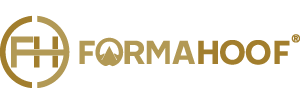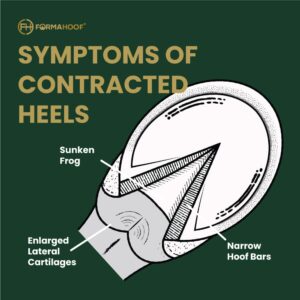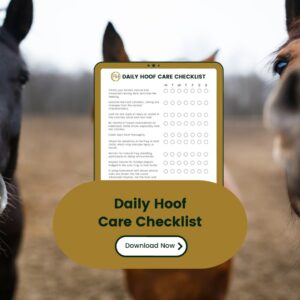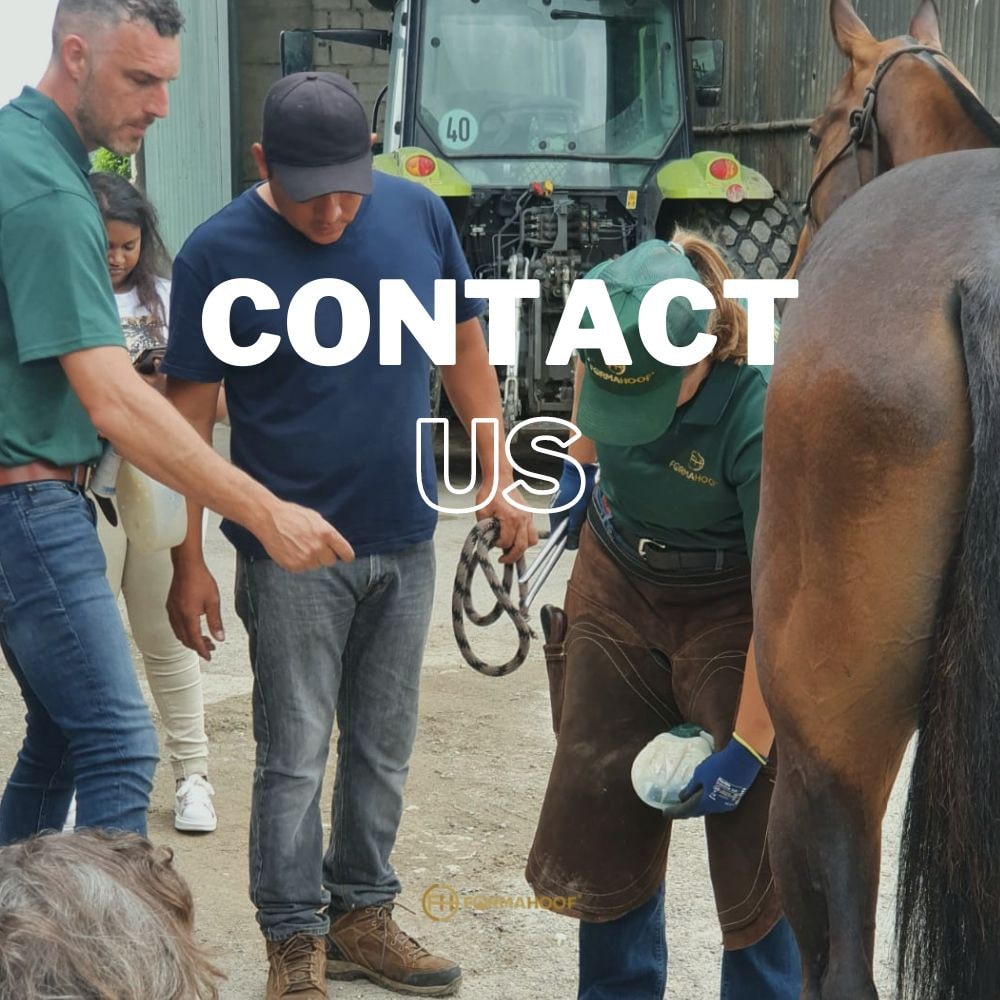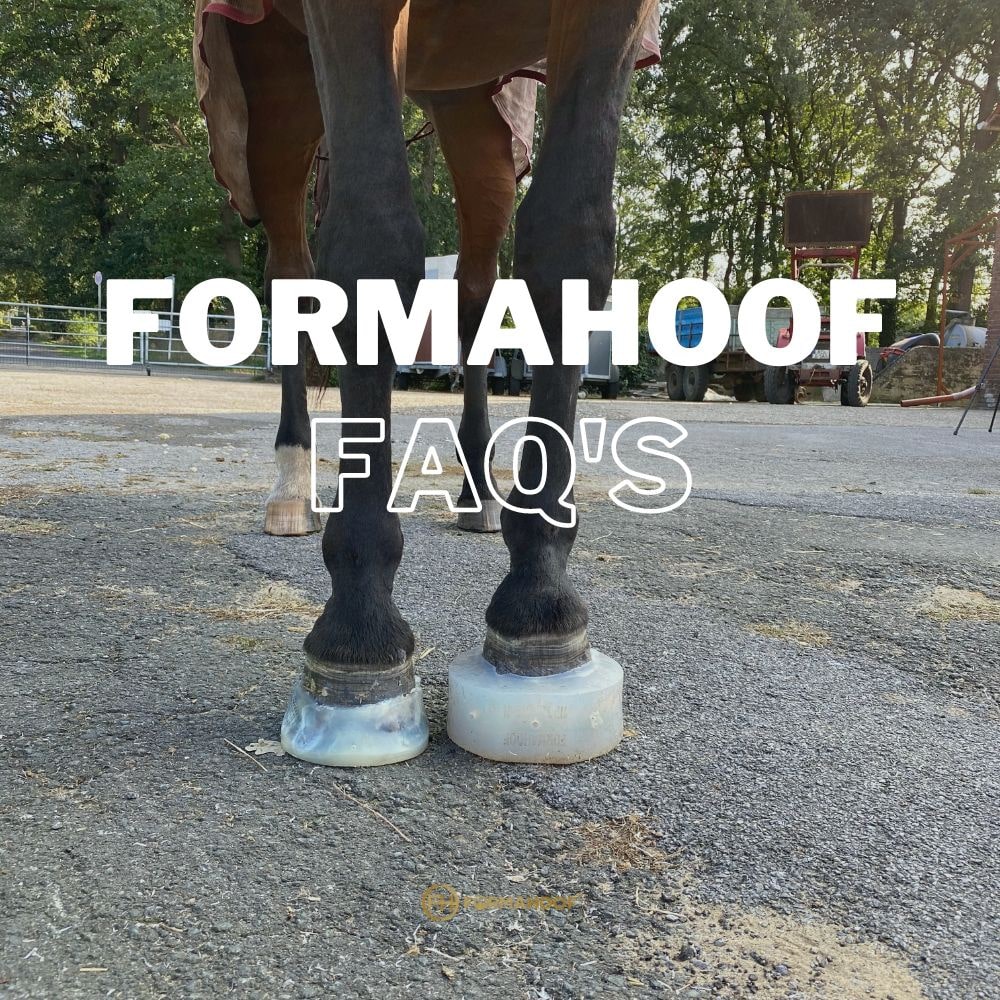Are you wondering how FormaHoof keeps up with the elements? Let us shed some light on the subject and show you some examples.
Different climates and weather conditions can have different impacts on your horse’s hooves, which is why it’s important to understand the seasonal impacts so you can effectively look after their hooves all year round.
Environmental factors such as weather and temperature can affect hoof health immensely, but there are two main factors which come into play when it comes to seasonal impacts: temperature and moisture. Your horse will benefit hugely from the creation of a consistent environment when it comes to hoof health.
Temperature has a significant impact on the growth rate of your horses’ hooves. While it is most likely that foot growth slows down over the cooler winter months, warmer weather and the grazing season will allow your horse’s feet to grow at a regular speed. It is normal, therefore, that trimming cycles slow down in winter at a time when horses may be turned out less and have fewer nutrients in the grass. It is important, therefore, that your hoof care provider adjusts schedules accordingly and advises you on the little bit of extra care that may be needed during seasonal changes.
In our latest nutritional blog, Lisa Elliott, MSc, explains more about the numerous benefits of treats, how all horses and ponies can enjoy them and how you can even make your own healthy horse treats to share with your equine friend.
Managing Horse Feet In Wet And Dry Conditions
Wet conditions can increase the chance of hoof problems such as thrush. Thrush is an anaerobic bacterial infection of the hoof tissue characterized by a black, necrotic, foul-smelling hoof material around the central frog or collateral sulci. Similar to athlete’s foot in humans, thrush is not life-threatening but can lead to serious hoof problems and lameness if left untreated.
Another problem that consistently wet conditions can cause is a softening of the entire hoof as moisture is soaked up by the hoof like a sponge. If your horse is living outside during the wet season, make sure to keep an extra eye on their feet and allow a dry place within the turnout where they can rest. It is also important to clean your horse’s feet regularly and discuss any observed changes with your hoof care professional.
Come spring and summer, the weather can change quickly from very wet to dry which can once again impact hoof health and cause cracking and chipping. Hoof cracks and chipping aren’t life-threatening but can lead to serious hoof problems if left untreated. Furthermore, cracks allow bacteria to invade the foot and can cause white line disease and seedy toe.
Returning to the example of the sponge, your horse’s feet will shrink slightly when they dry out. Consequently, shoeing options may need to be adjusted to ensure that no additional pressure occurs. Your horse’s original shoe size may no longer fit quite right, which will mean that the horse can no longer distribute its body weight evenly, potentially leading to more severe cracks such as quarter cracks and/or problems within the musculoskeletal system. Dry feet can become brittle and crack more easily, which can make it harder to keep a shoe on and lead to a vicious cycle of cracked hooves, lost shoes and lameness due to short feet and hard ground.
Positive reinforcement can be used to help your horse accept being touched in certain areas and can also be used when schooling to help teach and reinforce the correct exercise. Horses are intelligent animals who are willing to learn and please so there really is no limit to what you can potentially teach with treats!
Why FormaHoof Makes The Difference In Managing Your Horse’s Feet
FormaHoof’s unique liquid-fit and non-invasive horseshoeing method fully encapsulates the hoof. This encapsulation creates a steady, regulated and controlled environment for the hoof and greatly reduces the risk of moisture damage and damage from dryness.
Horses’ hooves are believed to be strongest when they have a stable moisture content of around 25%. However, this is difficult to maintain, especially in wet winter conditions. But with FormaHoof, you can maintain and control the moisture content in the hoof.
Contrary to common misconception that moisture will be trapped within the FormaHoof Application, leading to bacterial growth and infections, it has been widely proven that FormaHoof can help your horse to overcome and prevent pathologies such as thrush, white line disease and cracks much faster than any other treatment or shoeing method.
Once applied, FormaHoof allows your horse to regulate the moisture of the hoof within a controlled environment. The hoof must be cleaned and should be disinfected before the application process as a clean foot will not encourage bacterial growth and will instead remain clean under the application. If your horse is affected by thrush or white line disease before applying FormaHoof, the affected area should be treated with common products such as copper sulphate before you start your application.
FormaHoof vs the Elements – Mud, Water, Rocks, Snow, Summer Heat
Let’s have a look and see how FormaHoof keeps up with the elements:
Mud
Aside from its moisture regulation benefits, FormaHoof has another great benefit compared to traditional horseshoes when it comes to the muddy autumn, winter, and springtime: lost shoes are a very rare occurrence!
Your horse cannot pull a FormaHoof application as it can do with a traditional shoe. We’ve all been there… trudging around muddy fields looking for lost shoes! Not only can a lost shoe damage the foot when it’s pulled, a lost shoe and its nails, if left unfound in the field, can cause injuries to any horse turned out there in the future. If fitted and applied correctly, it is extremely uncommon for a horse to lose a FormaHoof application as it is held onto the foot by its shape. Due to the minimal adhesives used to apply, the hoof will also NOT be damaged when the application comes off at the end of the cycle.
With mud comes rocks that may stick in your horse’s hooves during turnout, not to mention the pain of picking them out at the end of the day! FormaHoof protects the sole from any impacting materials, whether it’s rocks or lost shoes buried under the mud in your turnout field. FormaHoof applications also allow you to wash off any mud quickly and easily with the hose.
Dry Ground And Heat
Horses’ hooves need to be flexible, supple, and not dried out. This facilitates hoof expansion and contraction on movement which is an essential part of the healthy hoof mechanism, which helps to absorb some of the concussion that might otherwise be transmitted up the leg.
As explained above, FormaHoof allows you to control the environment the hoof is in and to keep it consistent. This will not only help you to prevent those nasty cracks but also to stay on top of occurring hoof health issues during the summer months.
Before /with FH /after 8 Weeks In FH

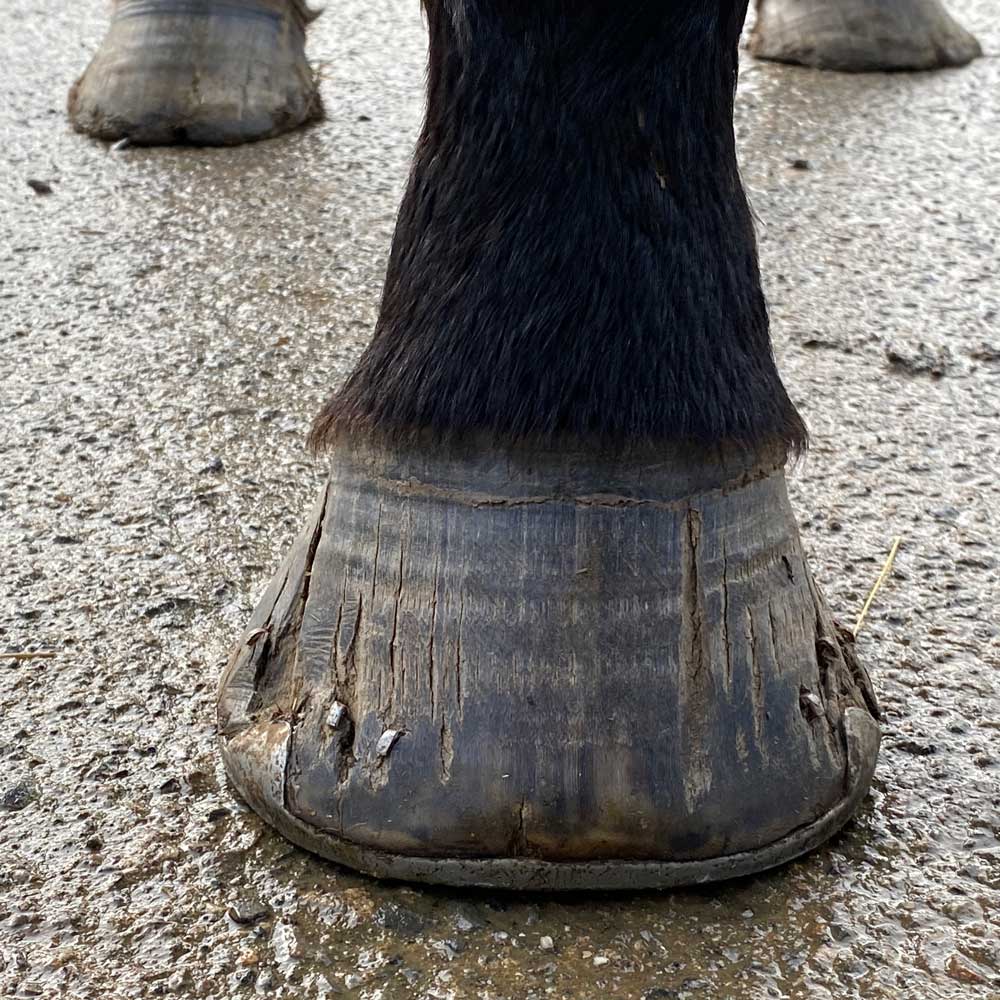
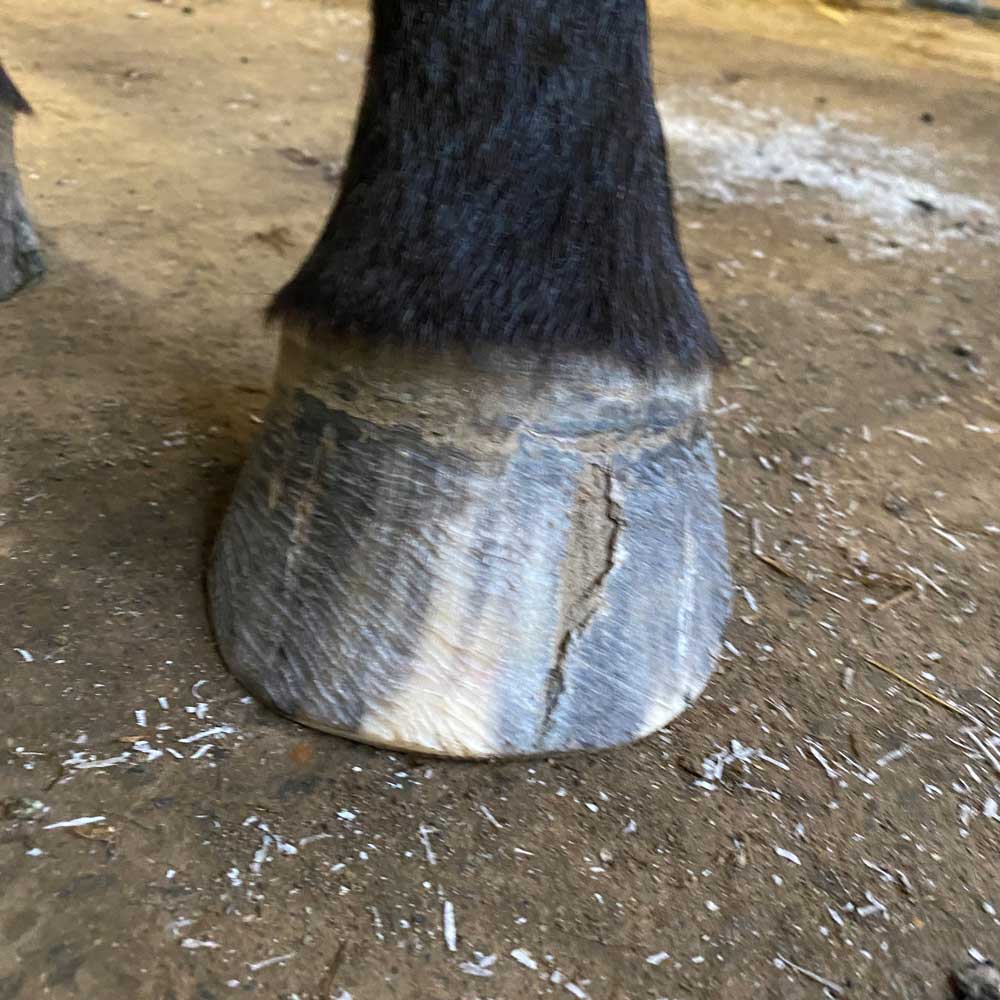
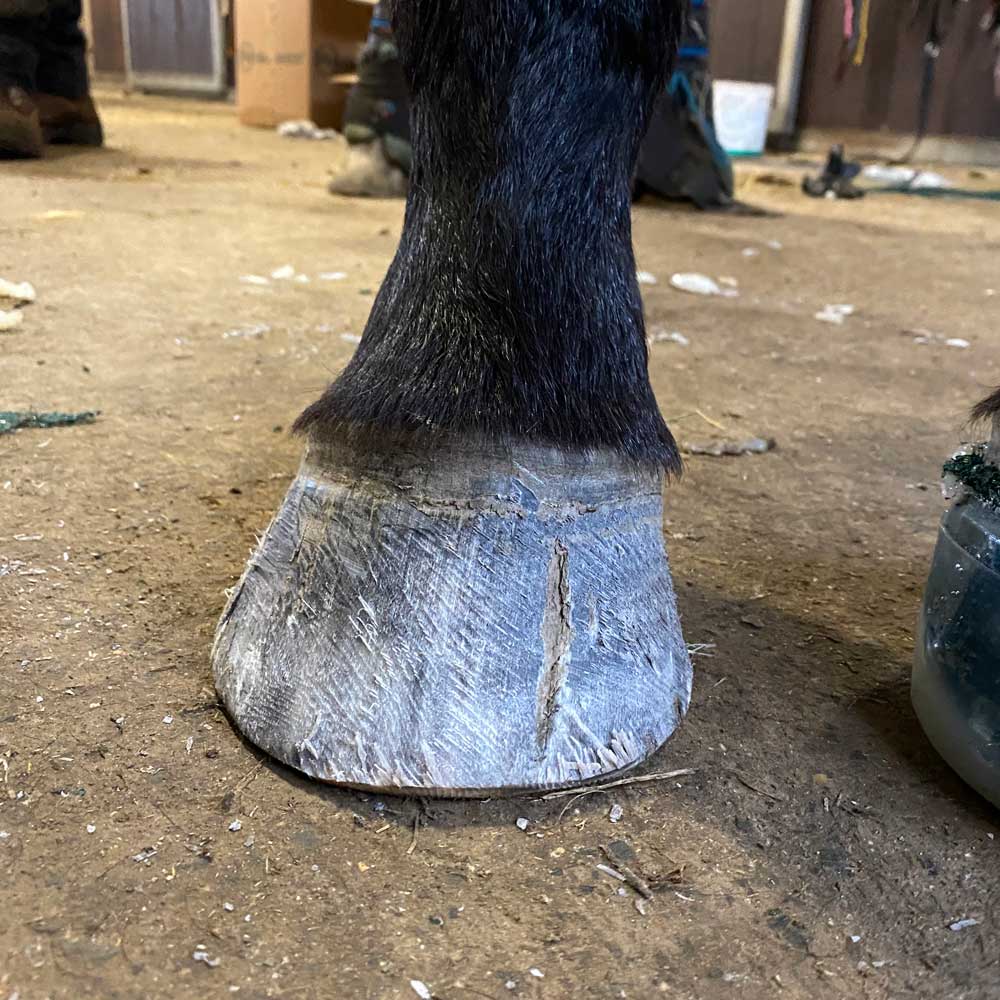
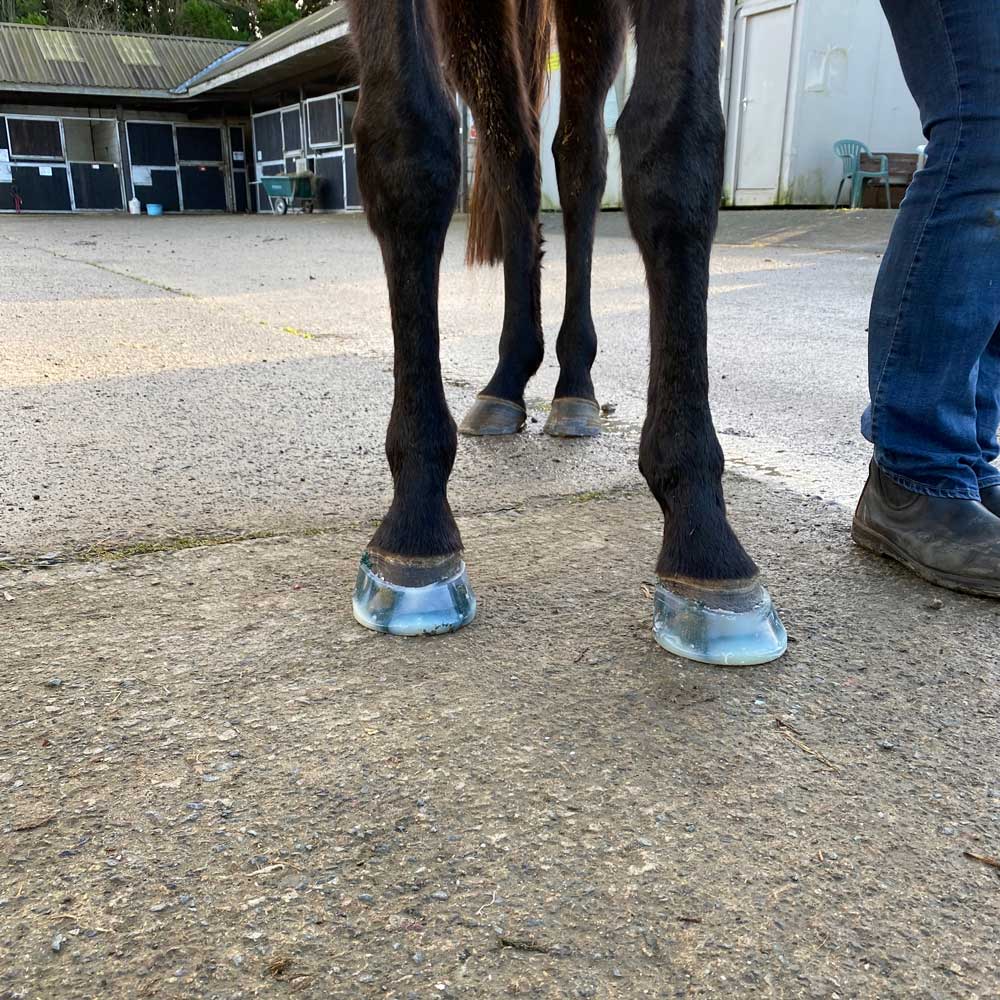
Rocks
Have you ever done the Lego challenge? If so, you will understand that walking over “sharp” uneven objects without foot protection is very uncomfortable! If you haven’t tried it yourself, we’re sure you’ve watched a video about it 😉
Rocky ground can be like a Lego challenge for horses. While some may have no problems, others can easily develop bruises in the sole. Bruises develop where blood vessels are disrupted along with an inflammatory buildup and pressure inside the foot. These can lead to lameness and in severe cases to abscesses.
With the hoof sole protection provided by a FormaHoof application, problems such as bruising are a thing of the past! FormaHoof can be used to protect your horse from minimal impacts in daily life or extreme impacts during trail riding or endurance riding. If you are a regular on very abrasive grounds, we suggest adding a metal shoe on top of the FormaHoof application, to allow for extra wear.
New FormaHoof application for an endurance horse vs. protective FormaHoof application hit by rocky impacts over the 80km of the endurance race.


Read more about the 80km Endurance Challenge in FormaHoof.
Water
Exposing your horse’s feet to water can happen daily. While you may not ride through water every day (or ever), you probably wash your horse after exercise. The amount of water you use to wash your horse will likely have no impact on your horse’s hoof health, however, it is important to know that you can wash your horse’s hooves while using FormaHoof just as you would do without FormaHoof. No water will be trapped in the application and negatively impact your horse’s hoof health. The same applies for riding through water.
Snow & Ice
The danger of snow balls is real as when snow accumulates in horses’ shoes it can cause serious damage, lameness and discomfort. When snow meets the warmer sole of the horse’s hoof, the snow will melt slightly and can stick to the shoe and/or the sole of the hoof. Snow can then build up and develop into “snow balls” or “ice balls” under the horse’s hoof.
FormaHoof imitates the perfect natural barefoot hoof and is non-metallic and so whilst snow balls are a problem for horses with shoes, no snow balls build up in a FormaHoof application.
As for ice, any material will slip on ice and we do not advise anyone to turn their horse out or ride on solid frozen and slippery ground, regardless of the shoeing package! However, metal will likely be extra slippery. If you are living in extreme conditions and wish to use additional ice studs, these can be applied directly into the FormaHoof application without the need for additional shoes.
What Else Can You Do To Support Hoof Health During Seasonal And Weather Changes?
Nutrition can also support your horse’s hoof health during seasonal changes. Read more here:
https://formahoof.com/winter-hoof-care-guide
